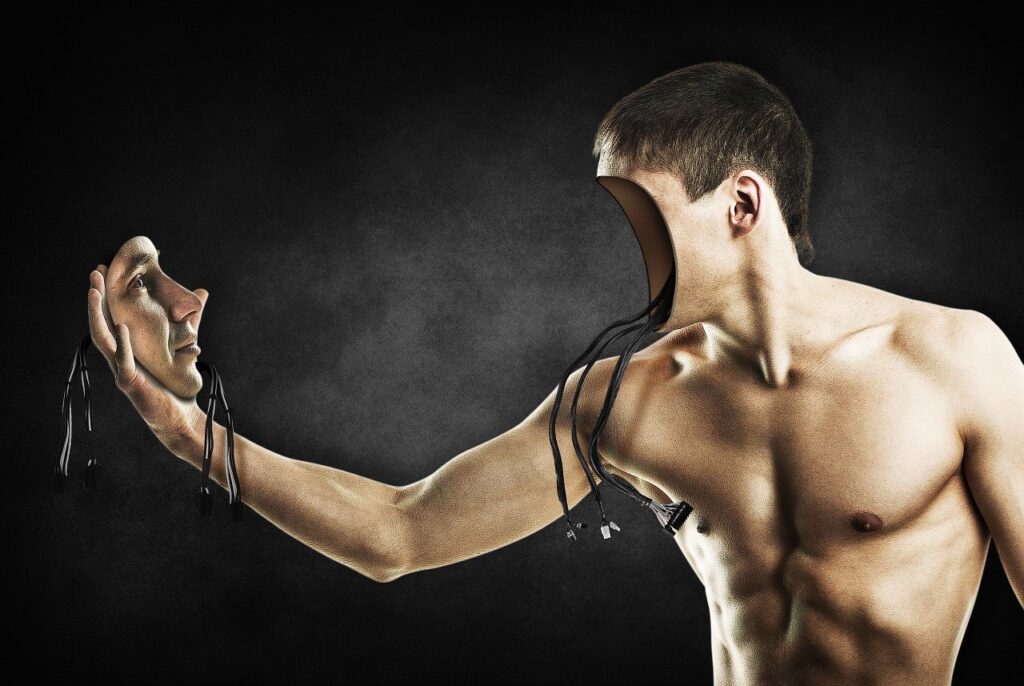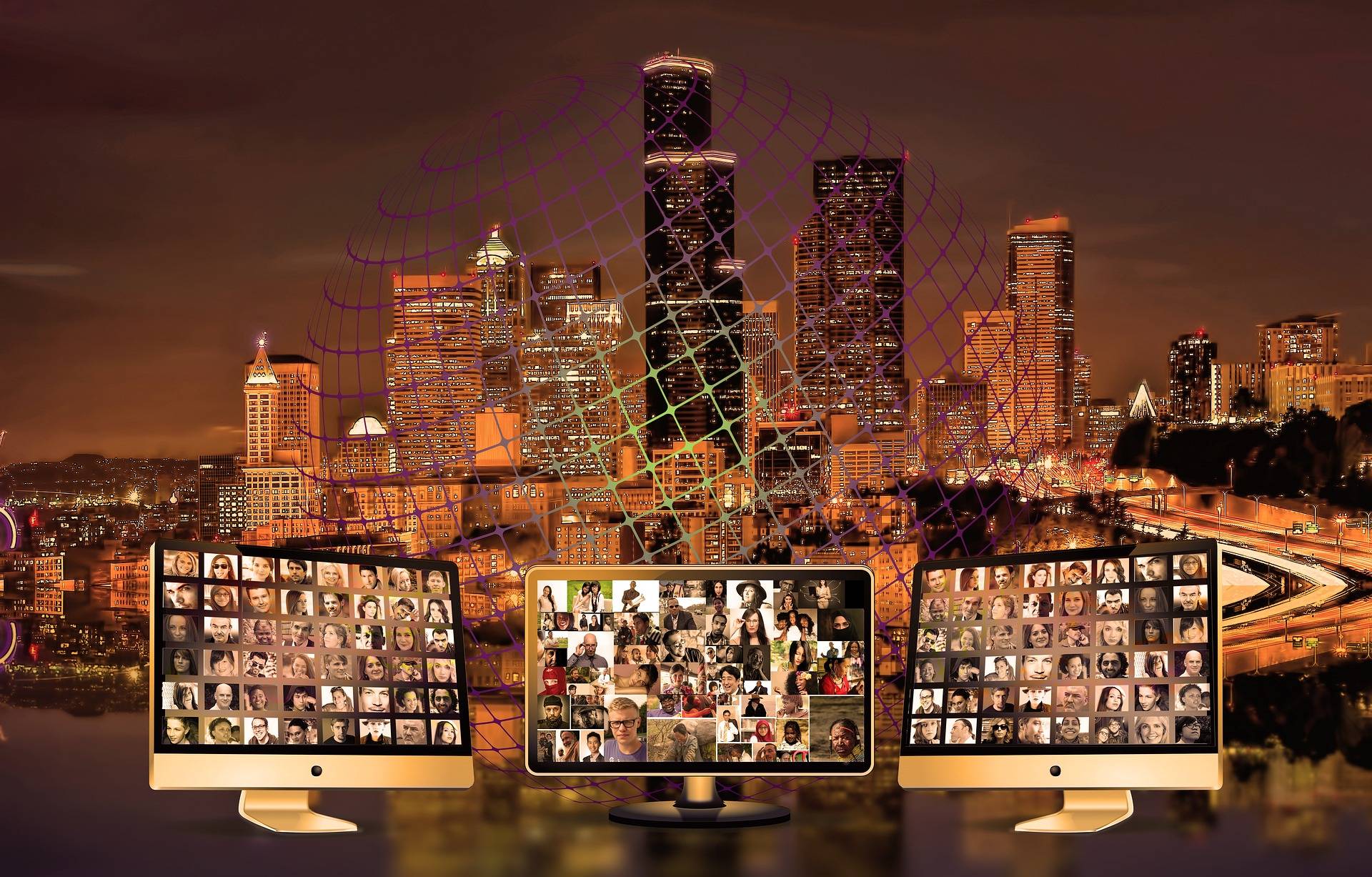
C O D E P A N D A
Introduction
Artificial Intelligence (AI) has become an integral part of our daily lives, revolutionizing the way we connect, communicate, and share information. However, as the influence of AI continues to grow, so does the dark side that lurks beneath the surface. In this blog post, we delve into the potential risks associated with uploading pictures publicly on social media platforms and how AI can exploit this seemingly harmless act.
The Rise of AI in Social Media
Social media platforms have become a virtual playground for billions of users worldwide. The seamless integration of AI algorithms into these platforms has allowed for personalized content, targeted advertising, and efficient content moderation. While these advancements have enhanced user experiences, they also open the door to a host of privacy concerns and potential misuse.
AI and Facial Recognition: A Threat to Anonymity
One of the most concerning aspects of AI in the context of social media is its ability to harness facial recognition technology. With the proliferation of facial recognition algorithms, it has become easier than ever for AI systems to identify and match faces in images to individuals. This raises serious questions about personal privacy and the potential for unwanted tracking and surveillance.
When you upload a picture on social media, AI algorithms can analyze facial features, creating a unique digital signature that can be used to track your online activities. This information may be exploited by malicious actors, advertisers, or even governments for purposes that range from targeted advertising to surveillance.
Deepfakes: The Deceptive Face of AI
As if facial recognition wasn’t alarming enough, the emergence of deepfake technology takes the risks associated with public picture sharing to a whole new level. Deepfakes use AI to manipulate and superimpose facial expressions and movements onto existing images or videos, creating realistic-looking but entirely fabricated content.
Imagine a scenario where your innocent vacation photo becomes the canvas for a deepfake video, making it appear as though you were involved in activities you never participated in. This not only poses a threat to your personal reputation but also showcases the potential for AI to be weaponized for misinformation and propaganda.
Privacy Invasion and Social Engineering
AI’s ability to process vast amounts of data also makes it susceptible to misuse in the form of social engineering attacks. When you share pictures publicly, AI algorithms can analyze not only your facial features but also the background details, locations, and the people you associate with. This information can be exploited by cybercriminals to craft convincing phishing schemes or targeted attacks, posing a significant risk to your digital security.
The Dangers of Metadata: Unseen Threats in Plain Sight
Beyond the visual content of your pictures, AI can also extract valuable information from metadata embedded in image files. Metadata includes details such as the date, time, and location of a photo, as well as the device used to capture it. This information can be aggregated to create a comprehensive profile of an individual’s habits and routines, raising serious concerns about stalking, harassment, or even burglary.
Protecting Yourself in the Age of AI
In light of these potential risks, it’s crucial to adopt a proactive approach to protect your privacy on social media. Here are some practical steps you can take:
- Review and Adjust Privacy Settings: Regularly review and update your privacy settings on social media platforms. Restrict who can see your posts and limit the information shared with the public.
- Be Mindful of Geotagging: Disable geotagging on your photos to prevent the automatic inclusion of location data. This helps reduce the risk of unwanted tracking and potential security threats.
- Avoid Over-sharing: Consider the information you reveal in your photos, including background details and the people featured. Practice discretion to minimize the amount of data available for AI analysis.
- Use Watermarking: Consider watermarking your images with a discreet mark or logo. While this won’t prevent AI analysis, it can deter malicious actors from using your pictures for deceptive purposes.
- Stay Informed: Keep yourself informed about the evolving landscape of AI and its applications in social media. Awareness is your best defense against potential risks.
Conclusion
As AI continues to evolve, the dark side of its capabilities becomes more apparent, especially in the realm of social media. The risks associated with publicly sharing pictures are multifaceted, encompassing privacy invasion, deepfake manipulation, and potential security threats. By understanding these risks and implementing proactive measures, users can navigate the digital landscape with greater confidence, striking a balance between the benefits of AI-driven social media and the protection of personal privacy.



